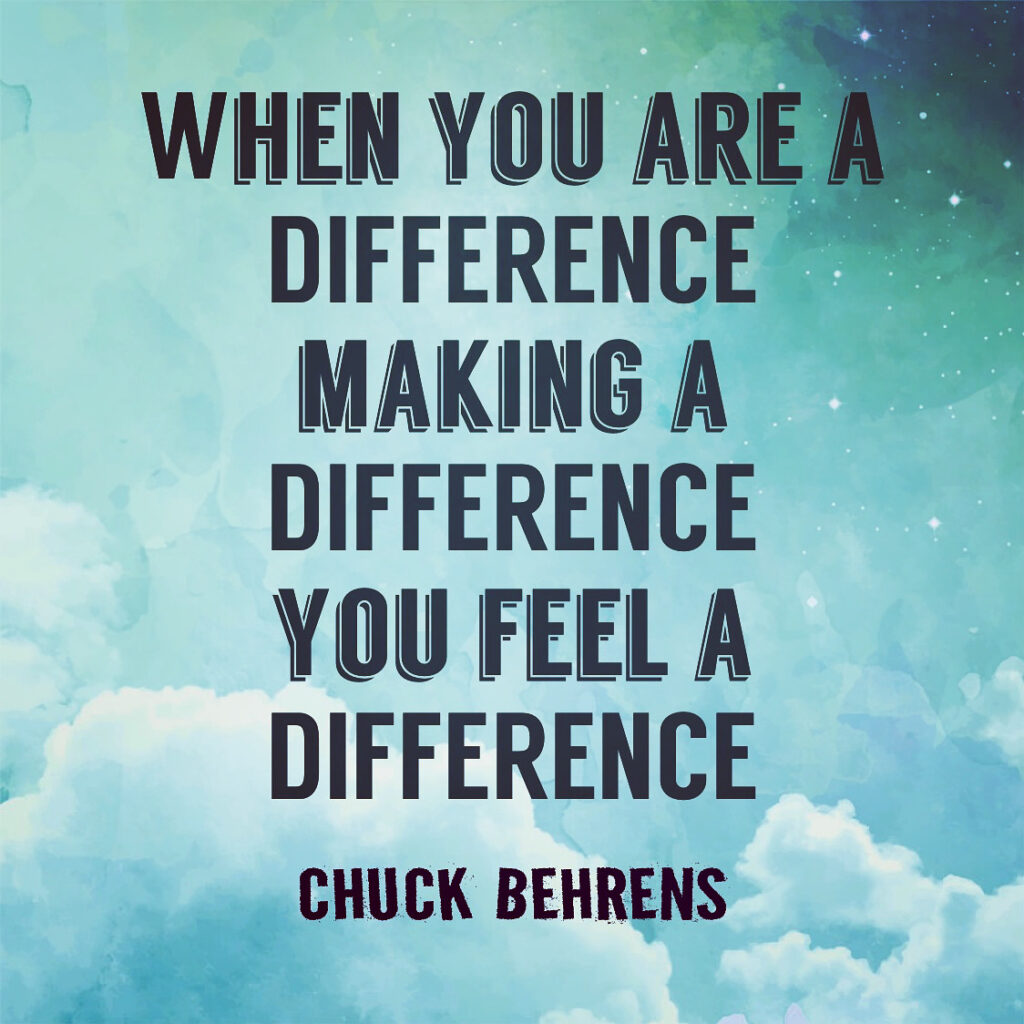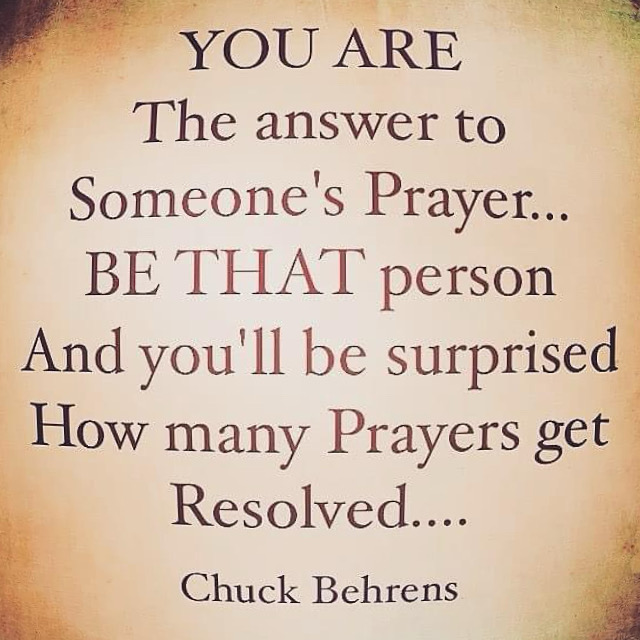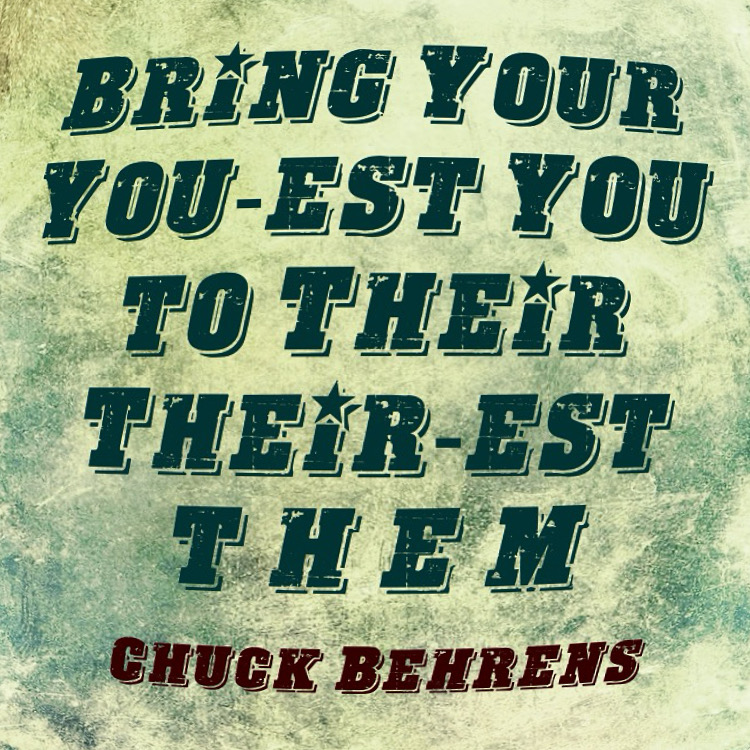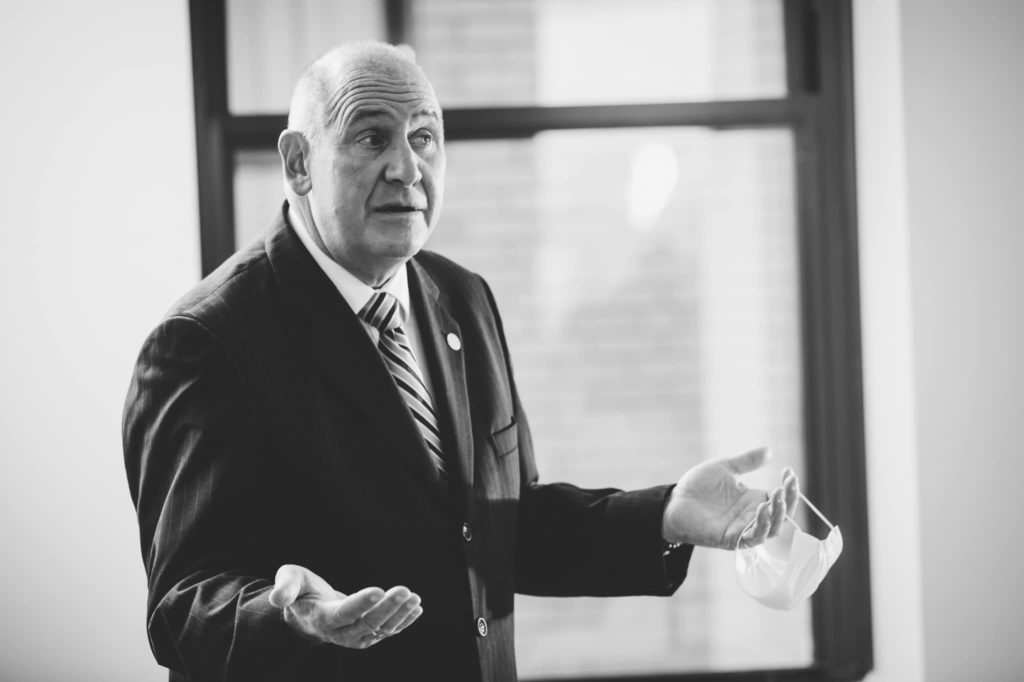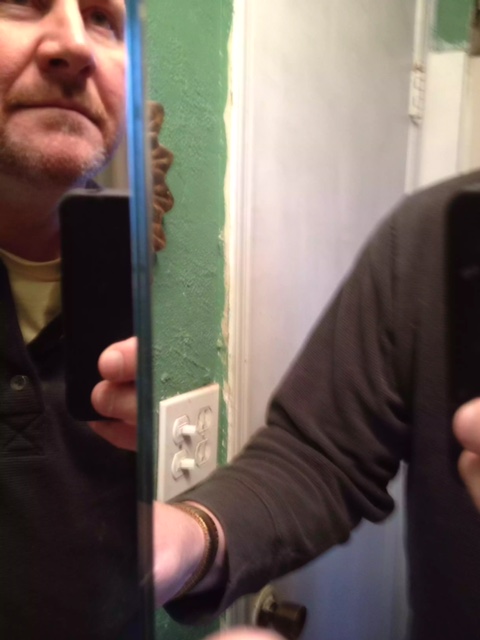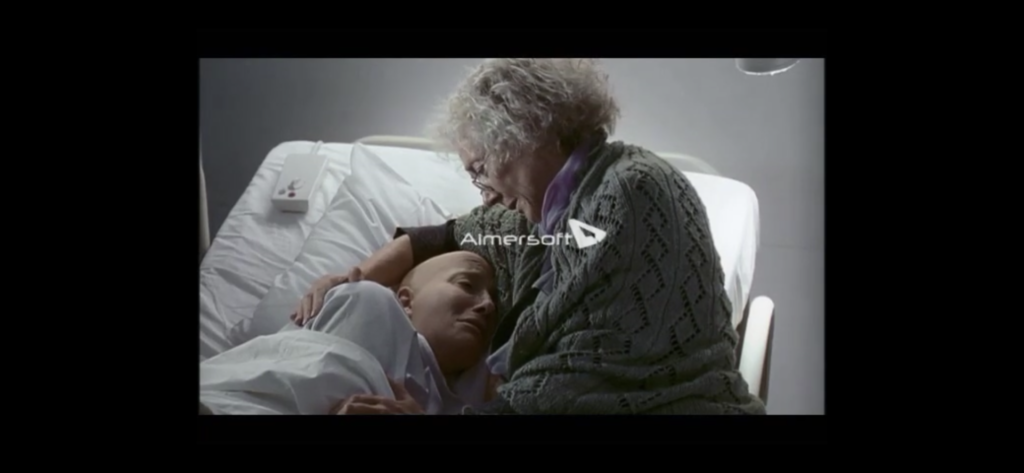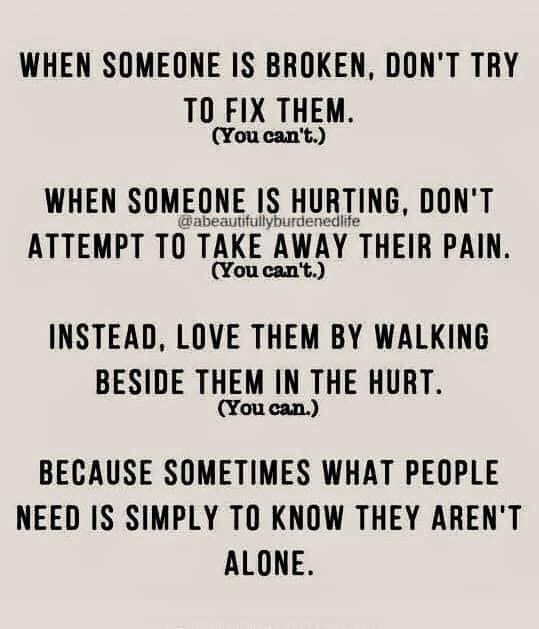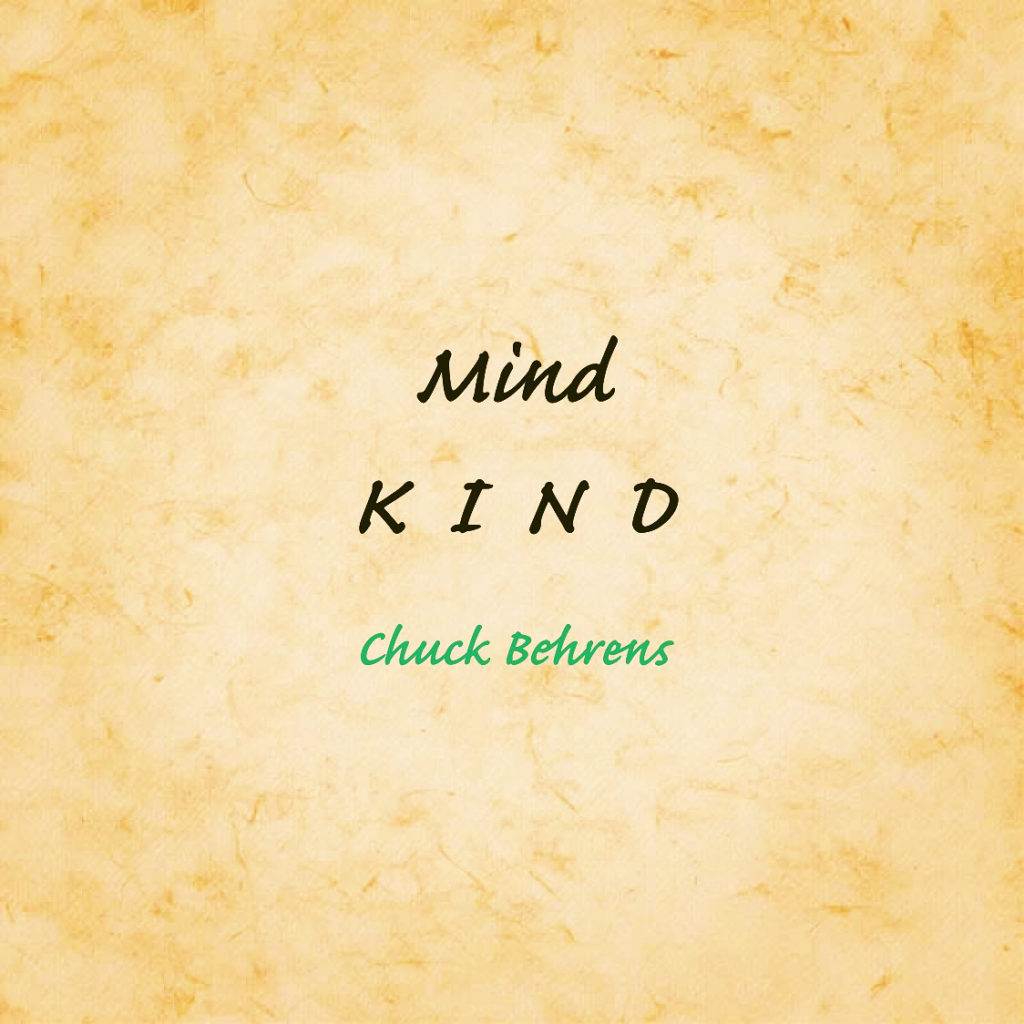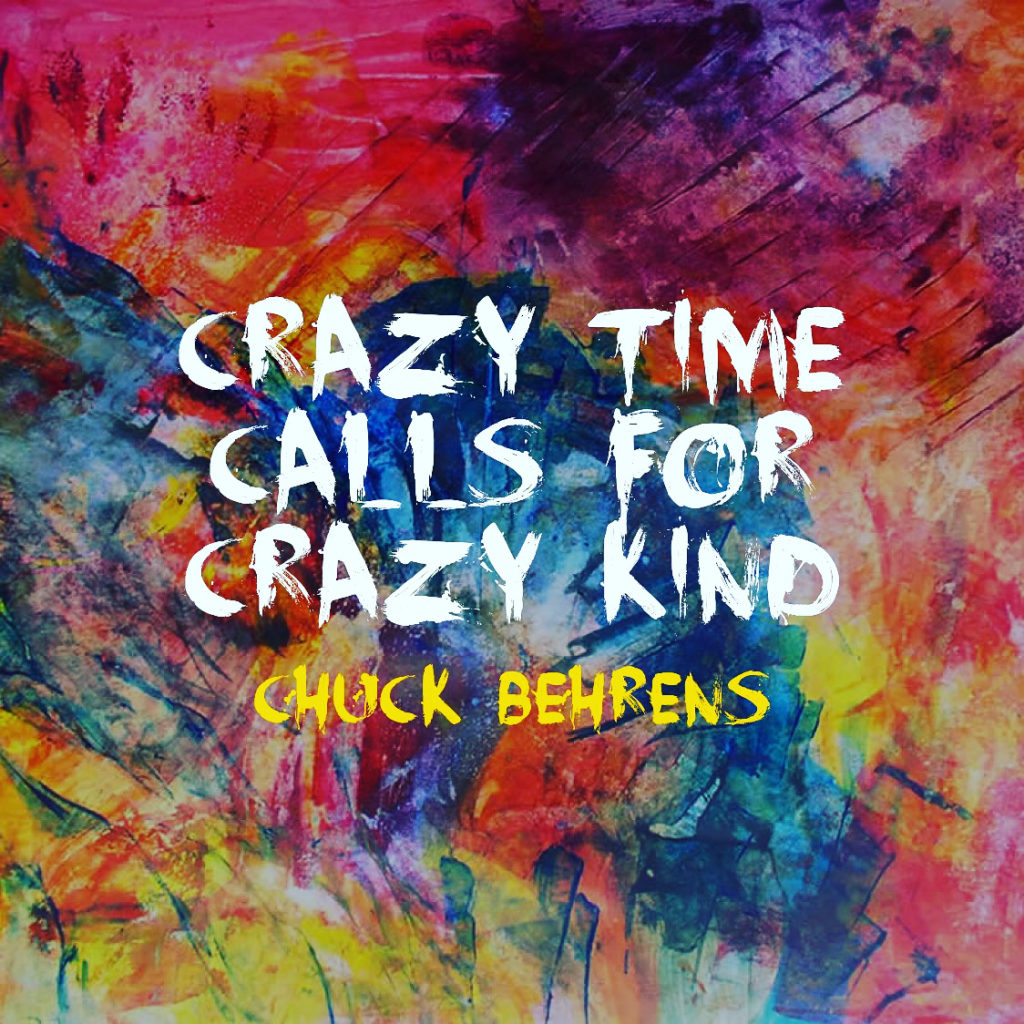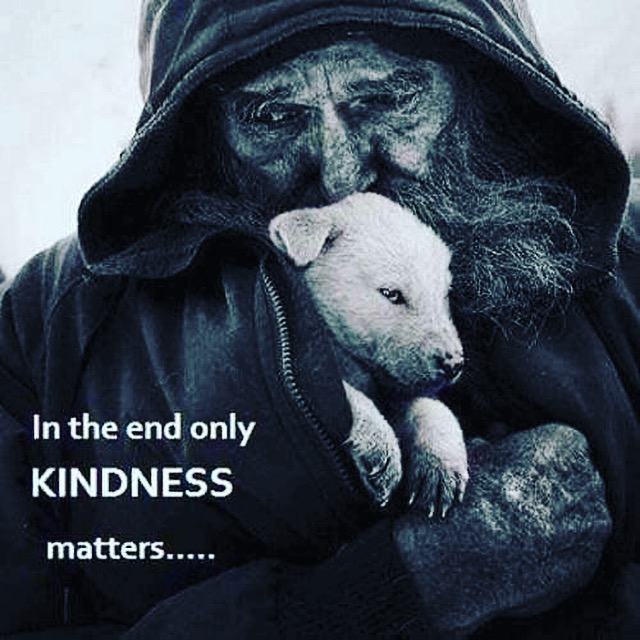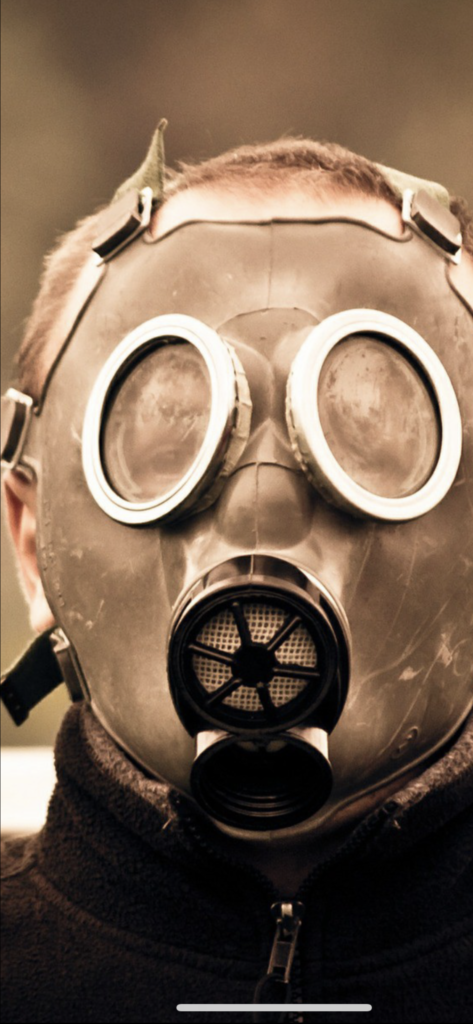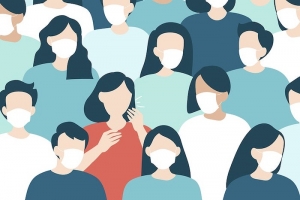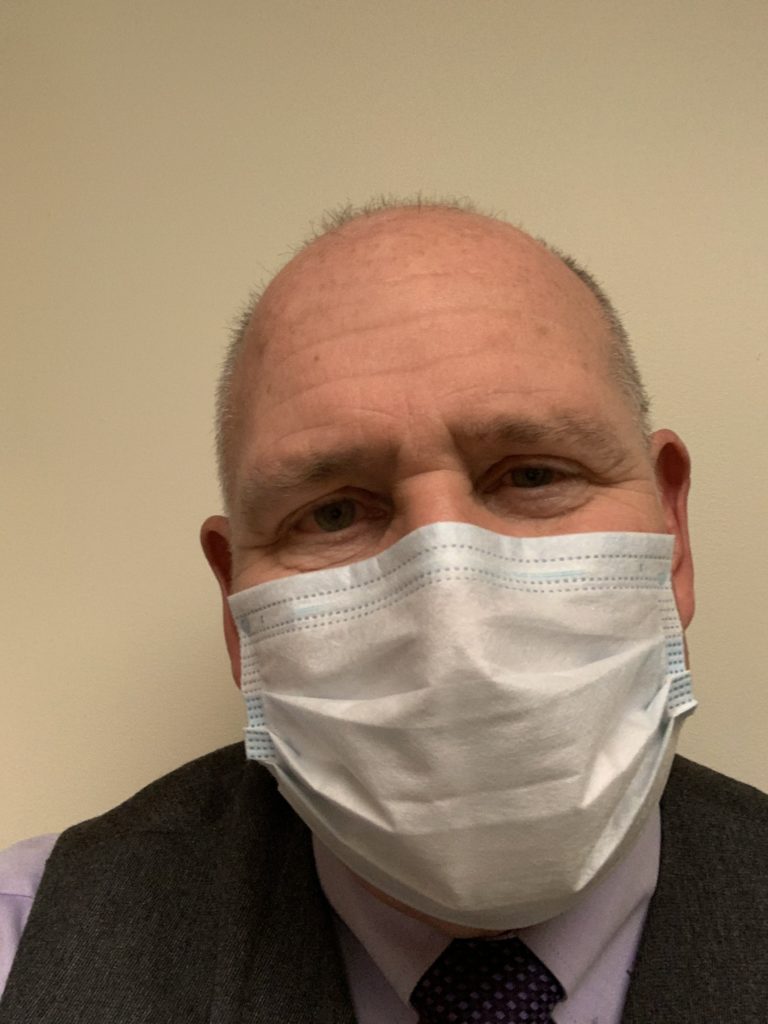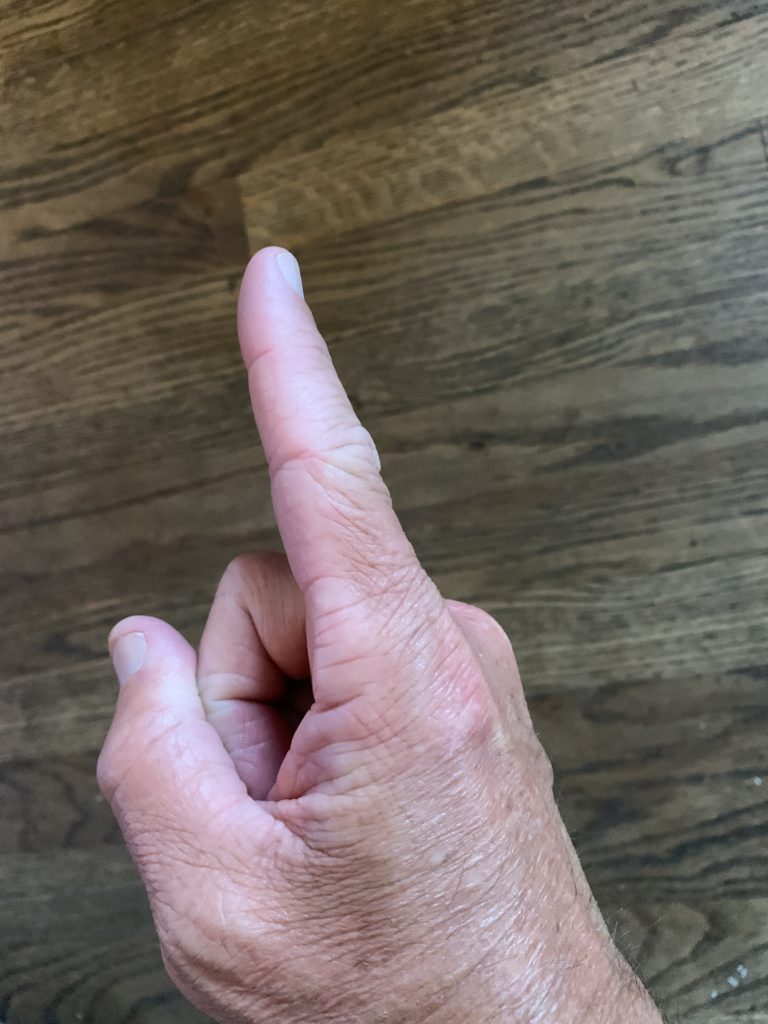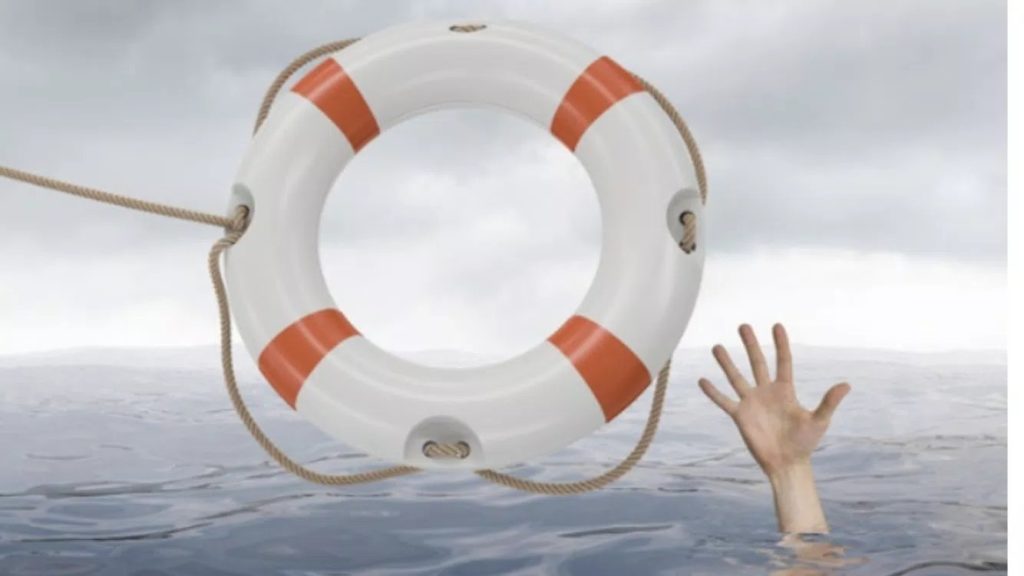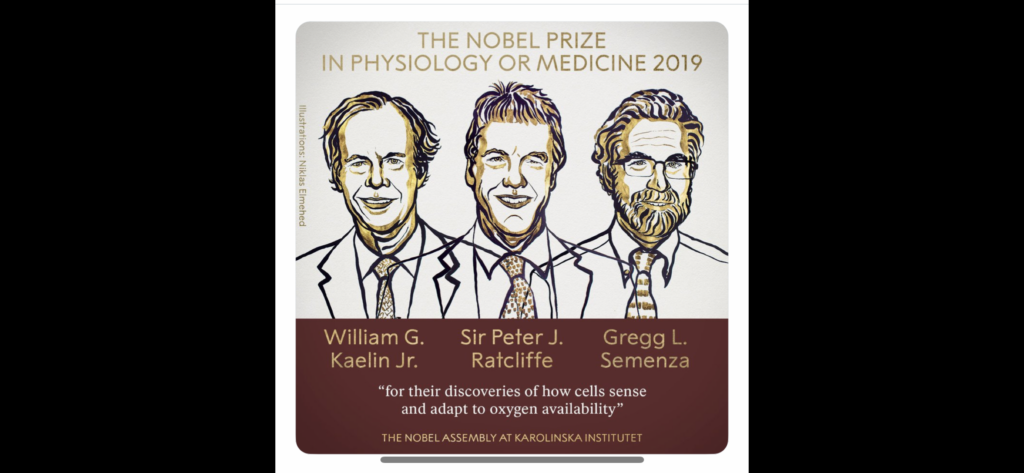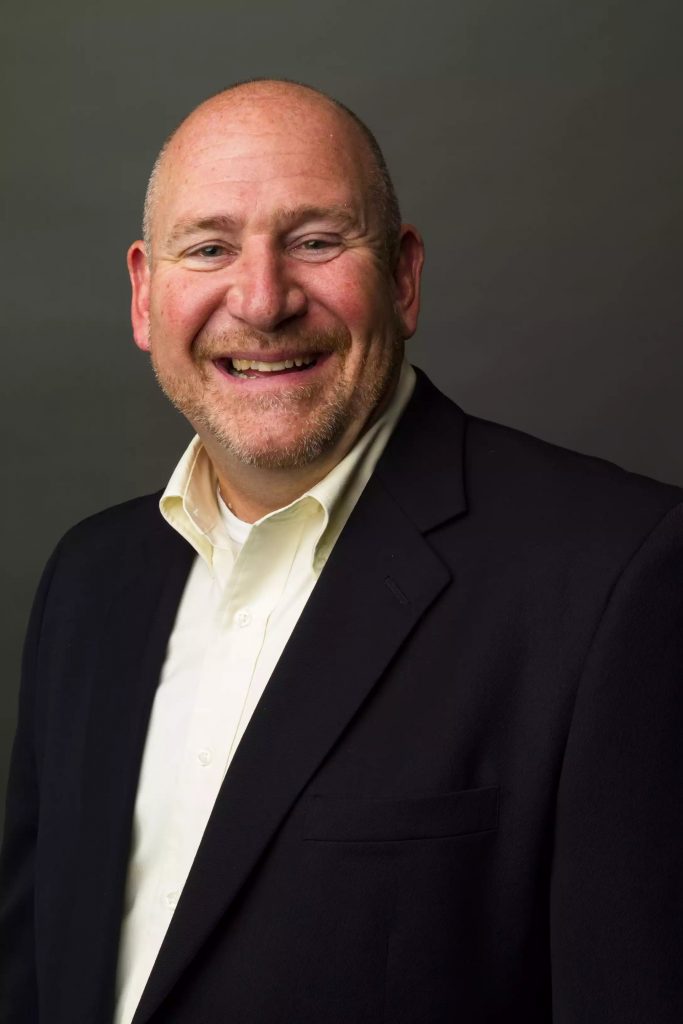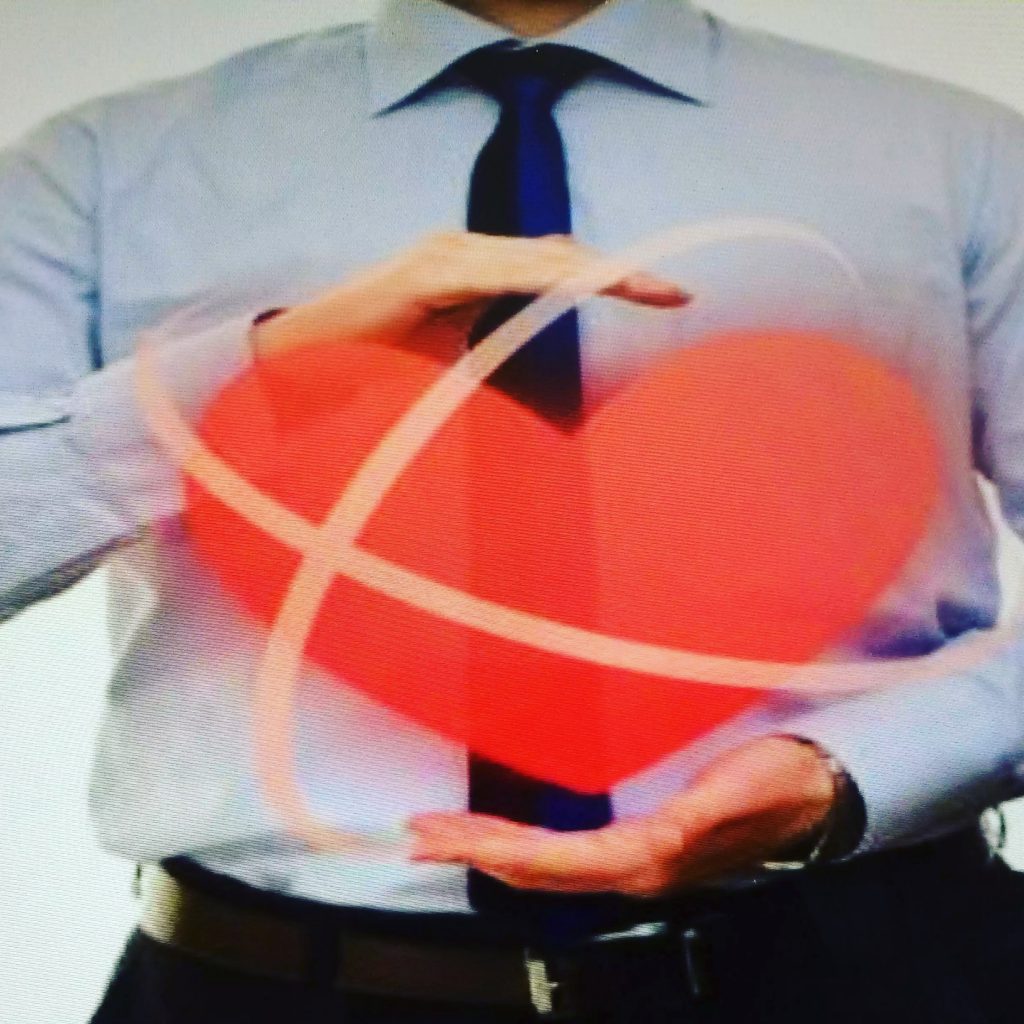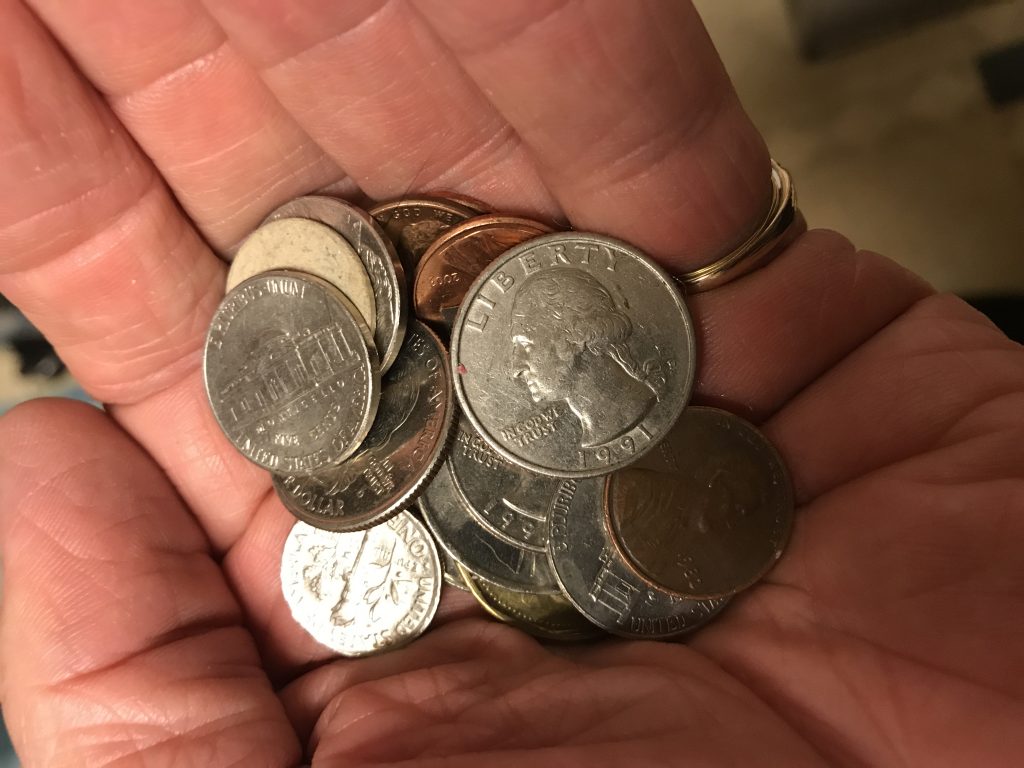I F
T H A N K S G I V I N G
WAS A SONG
. . .It might sound a little like this one
from Ben Rector
with the strong realization
that we’ll all be singing
quite a different song
this Thursday
but
WE WILL BE SINGING
nonetheless
h e n c e
T H A N K S G I V I N G
differences and all. . .
N O W
THIS YEAR:

Hmmmmmmmmmmmmmmmm. . .
Lots to be thankful for in a thankless world, isn’t there?
Maybe if Thanksgiving was a song, it might sound a little like this one from
J J Heller. . .
M O R E
know there’s always
m o r e
and be the reason someone else knows it, too
HAPPY
THANKSGIVING
